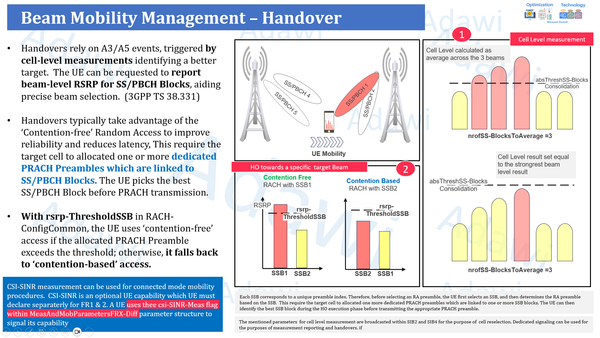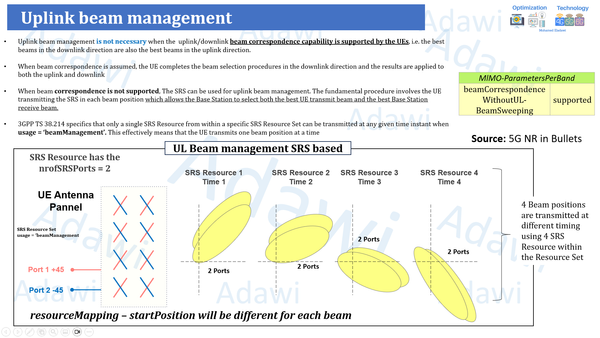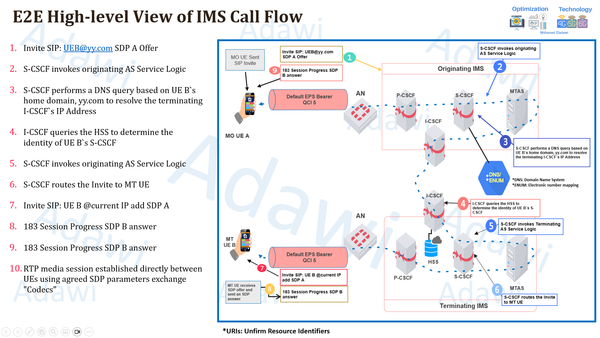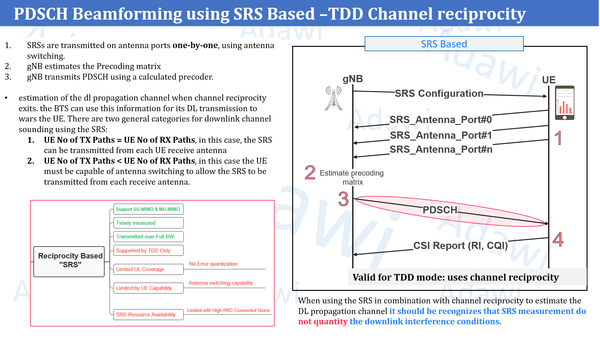Q&A about MU-MIMO Solution

1- What do you mean by Low correlated Users or Users being separated in the spatial domain?
- It simply means that users should be geographically separated; in other words, it means that each user is served by different beams.
- And you need to consider that the performance of Multi-User MIMO is likely to be comprised if users are clustered together at one location.
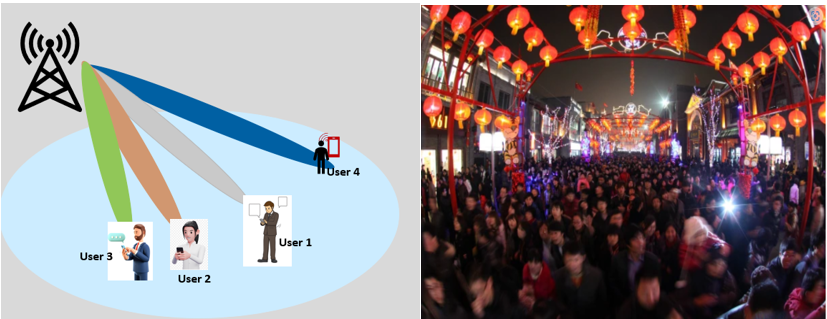
2- Does Multi-user MIMO only work with Massive MIMO?
- Multiuser MIMO is not restricted to Massive MIMO and can be supported by smaller antenna systems such as 8T8R.
- However, the smaller antenna system has a lower beamforming gain. Accordingly, the Massive MIMO System will have less beamforming and Multiuser -performance gain.
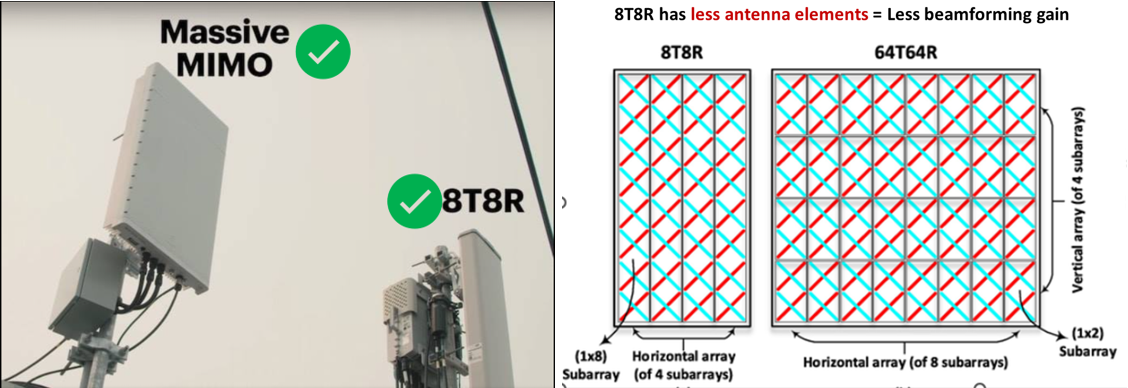
3- Does Multi-user MIMO work by both analog and digital beamforming?
- Multiuser MIMO is only supported by digital beamforming. And this is because analog beamforming can generate only a single beam.
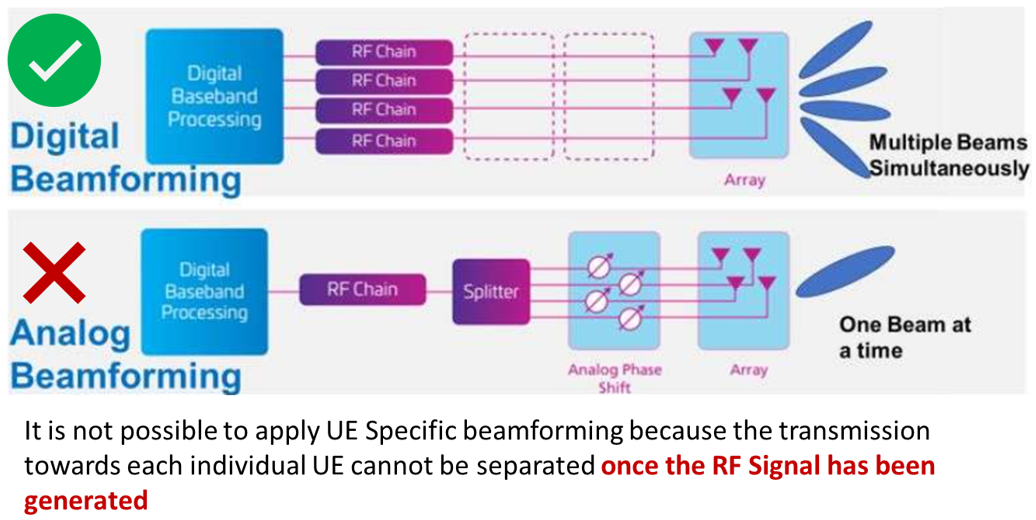
4- Is it possible for Paired Users to operate with Rank4 during Multi-User MIMO?
- As per 3GPP, Vendors should provide the assumptions of the maximum supported ranking during Multi-User MIMO.
- However, Multi-User MIMO is typically associated with lower Order MIMO. Maximum 2X2 MIMO can be supported in 5G because it becomes difficult to identify sufficient uncorrelated propagation paths toward each UE.
- Hence, a lower ranking might impact the maximum speed in some particular scenarios, so it is recommended to enable MU-MIMO in high traffic demands sites and to go through all related MU-MIMO triggering conditions/parameters to ensure that MU-MIMO is taking more effect in High-Traffic.
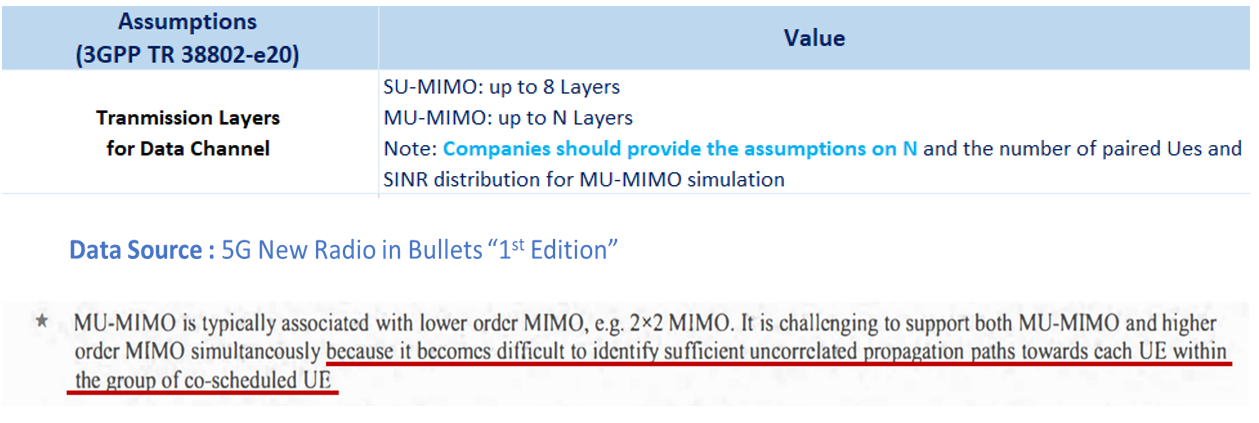
5- What are the main differences between 4G & 5G Multi-User MIMO?
- There are no major differences between 4G & 5G.
- Both support up to 16 Paired Layers in Downlink and 8 Layers for Uplink (64T64R)
- However, the main difference is that only 5G can support PDCCH Multi-User MIMO.
6- How to measure the performance of Multi-User MIMO?
- You need to verify/monitor the performance of Multi-User MIMO from both Fields and KPIs:
- From field testing, you can verify through simulating a test like the previously illustrated User throughput and cell throughput testing, Where Multiple Drive testers are allocated in different directions, and each is performing download in sequence to gauge the impact on both User throughput and Cell Throughput.
- From KPIs: You can verify through the following:
- Traffic distribution per Layer to check the maximum supported Layers.
- Disable MU-MIMI to gauge the impact during high-traffic scenarios.
- Check the Transmission Mode Distribution in 4G, Beamforming Modes(TM7 & TM8 expected to be higher in High Load Scenarios)
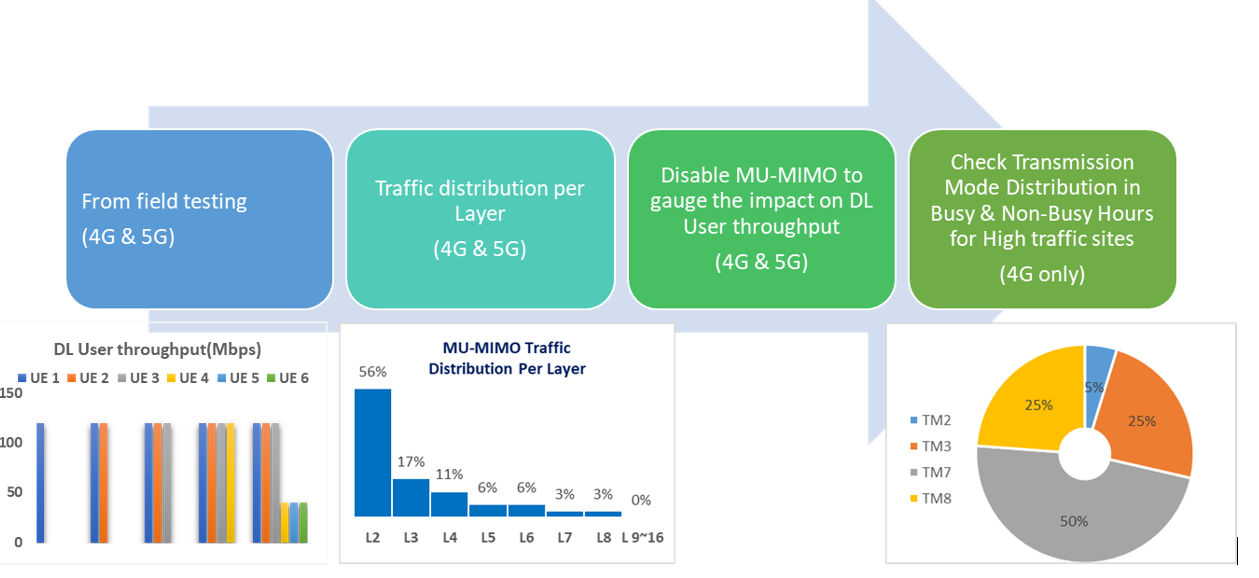
Sources:
- NR in Bullets
- 3GPP TR 38.802
- Practical experience

